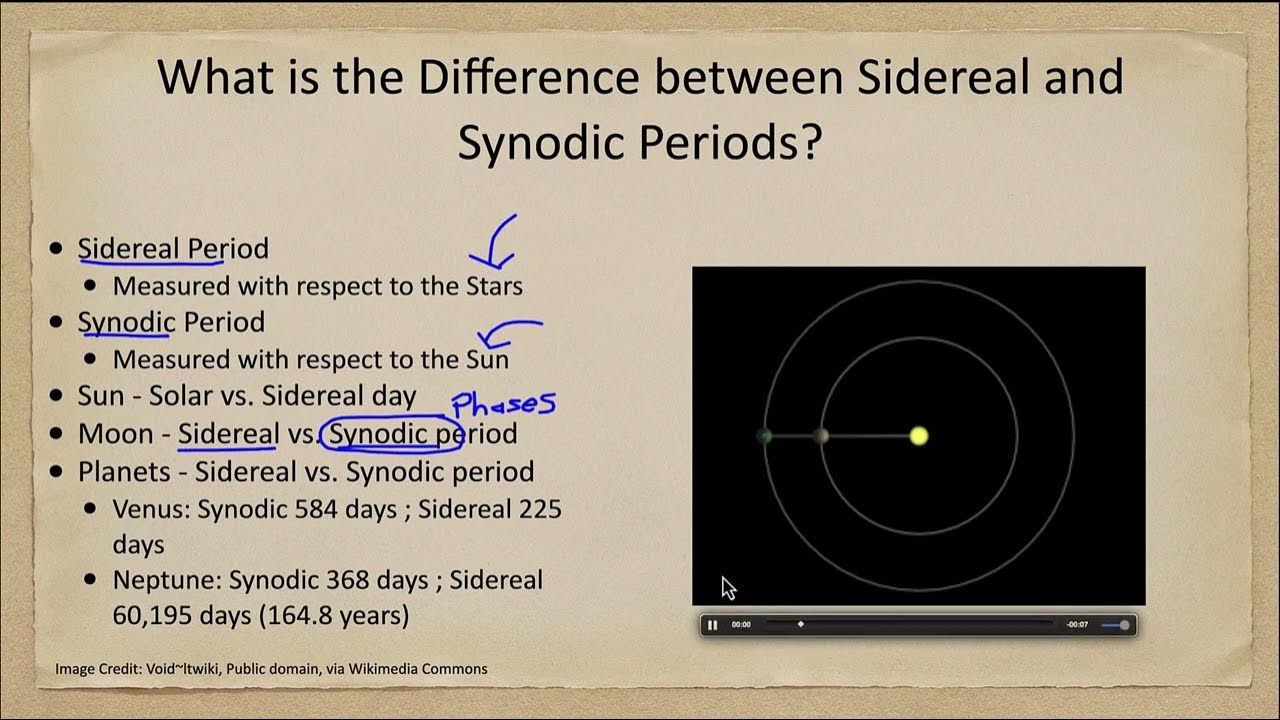Cambridge IGCSE Physics 0625 - Unit 6 Space Physics Revision #igcse_physics
Summary
TLDRThis educational video provides an in-depth exploration of key astronomical concepts, including Earth's rotation, the Moon's phases, the structure of the solar system, and the life cycle of stars. It covers essential topics such as planetary orbits, gravitational forces, and the Doppler effect, explaining how these principles relate to the expanding universe and the Big Bang Theory. The video also touches on the discovery of cosmic microwave background radiation, which supports the notion of a universe that began from a hot, dense state and has been expanding ever since. This content is essential for understanding basic astronomy and cosmology.
Takeaways
- 😀 Hubble's Law relates the velocity at which galaxies are receding from Earth to their distance from us, expressed as V = H₀ D.
- 😀 The value of Hubble's Constant (H₀) is approximately 2.29 × 10⁻¹⁸ per second, determined from the gradient of the Hubble graph.
- 😀 More distant galaxies move away from Earth at faster velocities, showing a direct relationship between velocity and distance.
- 😀 The gradient of the Hubble graph, V/D, gives the value of Hubble's Constant, which helps estimate the expansion rate of the universe.
- 😀 The expansion of the universe suggests that if time were reversed, everything would contract back to a singularity— the Big Bang.
- 😀 The age of the universe can be estimated using Hubble's Constant, resulting in an approximate age of 14 billion years.
- 😀 The time taken for an object to travel a distance from the beginning of time can be calculated using the equation t₀ = D₀ / V₀.
- 😀 The cosmic microwave background (CMB) radiation is the remnant heat from the Big Bang, stretched into microwave wavelengths due to the expanding universe.
- 😀 The discovery of CMB provided strong evidence supporting the Big Bang Theory as the most accepted model for the universe's origin.
- 😀 The temperature map of CMB shows areas of varying temperature, with higher temperatures indicating regions of greater galaxy density, and cooler regions having fewer galaxies.
- 😀 The expansion of the universe and the presence of CMB radiation give us valuable insights into the universe's past, confirming its origin from a hot, dense state.
Q & A
What causes day and night on Earth?
-Day and night are caused by the Earth's rotation on its axis. The side of the Earth facing the Sun experiences day, while the opposite side experiences night.
Why is Venus's surface temperature higher than Mercury's despite being farther from the Sun?
-Venus has a thick atmosphere rich in greenhouse gases, which trap heat and raise its surface temperature. This effect makes Venus's temperature higher than Mercury's, even though it is farther from the Sun.
What are the key differences between the inner and outer planets of our solar system?
-The inner planets (Mercury, Venus, Earth, Mars) are rocky, dense, and made of rock and iron. The outer planets (Jupiter, Saturn, Uranus, Neptune) are gaseous, large, and have no solid surface, though they do have solid cores.
How is the orbital speed of a satellite calculated?
-The orbital speed can be calculated using the formula V = (2 * π * R) / T, where V is the average orbital speed, R is the average radius of the orbit, and T is the orbital period in seconds.
What is the role of gravitational forces in space?
-Gravitational forces exist between all objects with mass. They provide the centripetal force that causes planets and moons to orbit their stars and planets, respectively.
How does the gravitational field strength change with distance from an object?
-Gravitational field strength decreases as you move further from an object. The further away you are, the weaker the gravitational pull, which is why Earth's gravitational field strength is weaker on the Moon than on Earth.
What is the difference between a comet's and a planet's orbit?
-A planet's orbit is generally nearly circular, whereas a comet has a highly elliptical orbit. Comets speed up as they approach the Sun and slow down as they move away due to changes in gravitational pull.
What is the significance of Hubble's Law in understanding the universe?
-Hubble's Law states that the speed at which galaxies are moving away from Earth is directly proportional to their distance. This supports the theory that the universe is expanding and helps estimate the age of the universe.
How does redshift provide evidence for the expansion of the universe?
-Redshift occurs when light from a distant galaxy stretches towards the red end of the electromagnetic spectrum. This shift in wavelength indicates that the galaxy is moving away from us, supporting the idea that the universe is expanding.
What is the cosmic microwave background radiation, and why is it important?
-Cosmic microwave background radiation is the afterglow of the Big Bang. It provides critical evidence for the Big Bang Theory as it is observed uniformly across the universe, with areas of higher and lower temperature showing the distribution of galaxies and stars.
Outlines

このセクションは有料ユーザー限定です。 アクセスするには、アップグレードをお願いします。
今すぐアップグレードMindmap

このセクションは有料ユーザー限定です。 アクセスするには、アップグレードをお願いします。
今すぐアップグレードKeywords

このセクションは有料ユーザー限定です。 アクセスするには、アップグレードをお願いします。
今すぐアップグレードHighlights

このセクションは有料ユーザー限定です。 アクセスするには、アップグレードをお願いします。
今すぐアップグレードTranscripts

このセクションは有料ユーザー限定です。 アクセスするには、アップグレードをお願いします。
今すぐアップグレード5.0 / 5 (0 votes)






